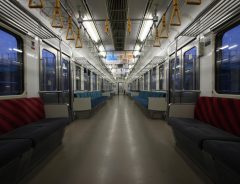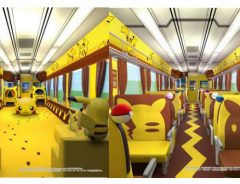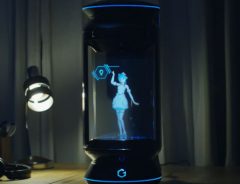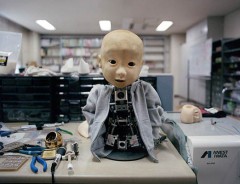- Tags:
- JAPAN Forward / Society / Technology / Trains / Transport
Related Article
-

Empty trains caused by COVID-19 mean changes to JR timetables in Tokyo & Kansai
-

Japanese Railway Gets Spark With New Pikachu Train
-

[Hidden Wonders of Japan] Kyoto Rurikoin Temple’s Green Maple Leaves Are Stunning in the Rain
-

Japanese schoolgirl poster hides a dark but important message behind smile
-

Smart Anime Hologram Is Now Available For Pre-Order In Japan And The US
-

The Lifelike Advancements Of The Japanese Robotics Industry In A Revealing Photo Series



The Seaside Liner that figured in an accident by running in the wrong direction on June 1, 2019. Service resumed July 4, using manual, driver-operated trains. Isogo Ward, Yokohama (Photograph by Noriaki Sato)
Source: Photo by Sankei Shimbun | © JAPAN Forward
Over a month has passed since the accident in which the Yokohama Seaside Liner, an automated people mover system self-driving train, ran in the wrong direction and hit the station bumper.
Source: Photo by Sankei Shimbun | © JAPAN Forward
Upon investigation, the cause of the accident appeared not to be the automated system itself. Nevertheless, fears about automated trains with no driver in control have not abated. How can these trains adequately respond in the event of a major earthquake or other natural disasters?
Source: Photo by Sankei Shimbun | © JAPAN Forward
There are calls for a thorough investigation of the hidden hazards in high-tech transportation systems operated by computers rather than human beings. At the same time, it also helps users to know the mechanics and history of this technology.
Driverless trains are made possible by a system called the “automatic train operator” (ATO), which uses computers to direct train movement. If a train exceeds the speed limit, a mechanism called the “automatic train control” (ATC) system takes over operation of the vehicle, automatically applying the brakes and then easing them again when the train speed falls below the limit.
The ATC system is used on Japan’s Shinkansen bullet trains and some subway lines, but not the ATO system, which has the additional capability of stopping and starting trains automatically at a station.
Source: Photo by Sankei Shimbun | © JAPAN Forward
Train Conductors
The Kanazawa Seaside Liner accident occurred on the night of June 1 at the train’s starting station, Shin-Sugita. When the driverless train started its trip back, it ran about 25 meters in the wrong direction, crashing into the train station’s bumper and injuring 14 people.
According to the company operating the train line and the Japan Transport Safety Board, there was a possible problem with the wiring linking the train car’s motor controls. One of the two wires that transmits instructions to direct the train’s movement and direction became disconnected and came into contact with the frame of the train for an extended period of time. This prevented the instruction to switch directions, as a result of which the train ran in the wrong direction.
“If a driver had been operating the train, he or she would have realized immediately that something was wrong and quickly stopped the train,” pointed out railway journalist Kiyoshi Umehara.
In 1993 the Osaka “New Tram” — another self-driving train — malfunctioned, hitting the buffer at Suminoe Park station in Osaka and injured over 200 people.
The Tokyo Metro Marunouchi and Namboku lines use ATO, but do not operate driverless trains. Tokyo Metro explained, “There absolutely must be a driver on board to respond in the case of an emergency.”
Railway analyst Ryozo Kawashima said: “The fact that the departing train moved backwards was highly unexpected. An emergency brake mechanism should be built into the system to stop the train quickly in the event it goes backward.”
He further emphasized the importance of a “fail-safe” that utilizes two or three kinds of backup in order to prevent one malfunction from turning fatal.
Written by Japan ForwardThe continuation of this article can be read on the "Japan Forward" site.
Concerns Over Japan’s Driverless Trains Remain